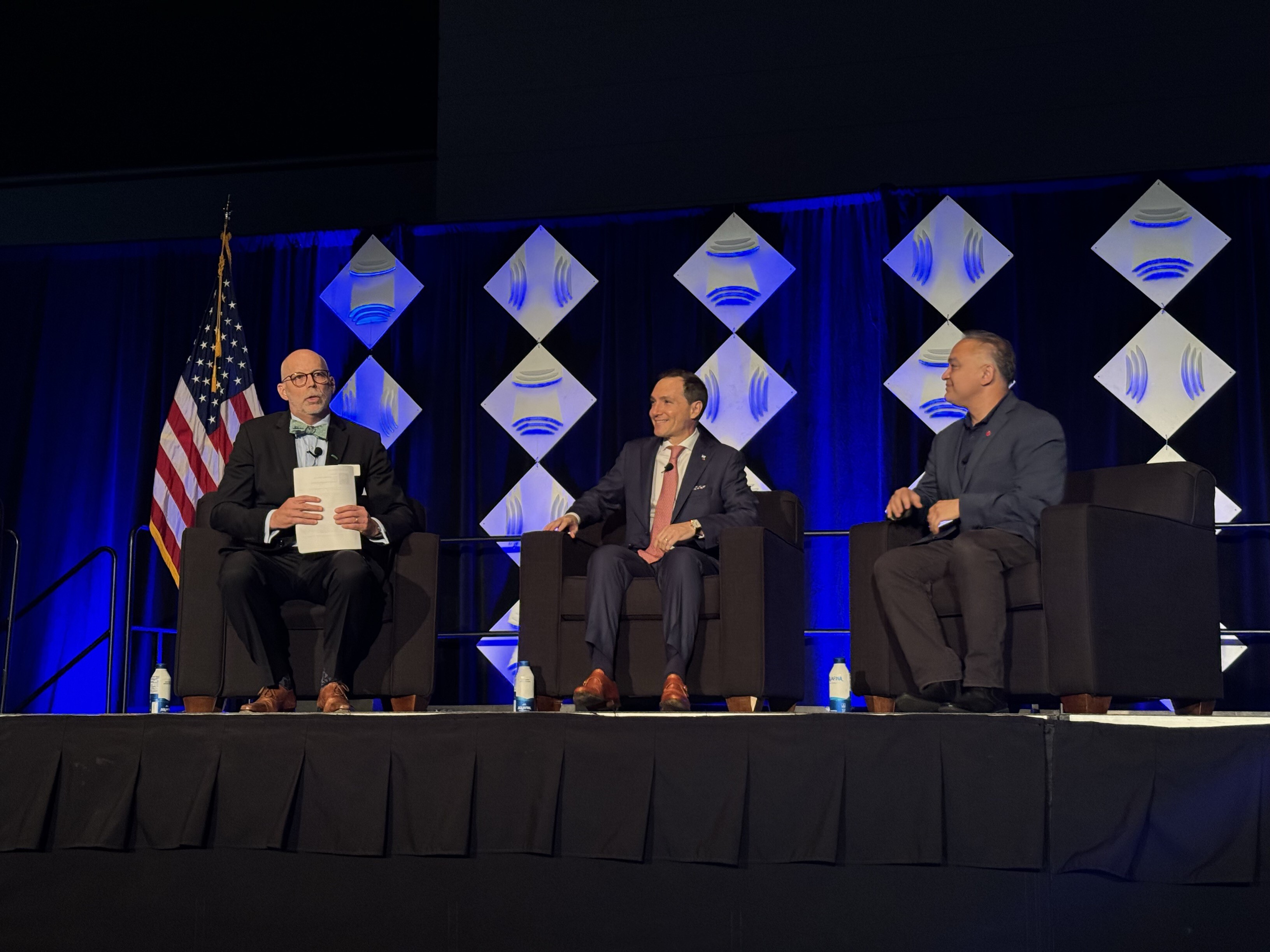Health Effects Monitoring of PVC Pipe and Fittings

NSF/ANSI/CAN 61: Drinking Water System Components – Health Effects was developed in 1987 at the request of the U.S. EPA. The purpose was to establish health-based maximum contaminant limits for chemicals migrating from products that contact public water supplies. The standard covers all types of materials used in drinking water systems (including PVC). Most state plumbing codes and waterworks regulations require drinking water system components to be certified by an ANSI- accredited third party to NSF/ANSI/CAN 61.
NSF operates a certification program to NSF/ANSI/CAN 61 for drinking water system components, which includes a review of any material in contact with drinking water to determine what possible contaminants could leach into the drinking water and what type of chemical-extraction testing is necessary.
Chemical-extraction testing is performed by exposing products to various formulated waters designed to extract specific types of contaminants. PVC products are tested for:
- Volatile organic compounds (VOCs)
- Phenolics (by GC/MS base/acid scan)
- Residual vinyl chloride monomer (RVCM)
- Regulated metals, including tin
- Any other potential contaminant identified during the formulation review
Products are tested initially, and at least once annually, from each production facility. Any change to the formulation must be reviewed and may require testing prior to authorization.
NSF conducts a toxicology evaluation to review any contaminants detected. Regulated contaminants that are detected must fall below the U.S. EPA’s and Health Canada’s acceptable levels. For nonregulated contaminants, NSF/ANSI/CAN 61 sets health-based pass/fail levels.
NSF performs at least two unannounced audits of each production facility annually. During the audits, NSF:
- Verifies that there are no modifications to the product formulation, suppliers and processing, and
- Collects product samples, if not already submitted by the client, for laboratory testing of each product family. This is also done on an annual basis after certification.
NSF is frequently asked questions about the following:
Lead
PVC pipe and fittings certified by NSF do not contain lead. This is verified via lead content testing per NSF/ANSI/CAN 372: Drinking Water System Components – Lead Content.
Vinyl Chloride Monomer
All PVC pipe, fittings and materials are tested at least twice per year for residual vinyl chloride. Levels of RVCM must pass the toxicology evaluation.
Phthalates
Rigid PVC pipe and fittings certified by NSF do not contain phthalates or phthalate plasticizers.
Organotin
All NSF-certified PVC pipe products are tested for metals at least once per year. The total amount of extracted tin is then evaluated against a pass/fail criteria based on the type of organic tin stabilizer in the product (e.g., mono/dibutyl tin, mono/dimethyl tin, mono/dioctyl tin, etc.).
To verify that products have been tested and listed by NSF, products will bear the NSF-61 or NSF-pw (potable water) marks. Product listings can be verified on NSF’s website.
How NSF Can Help You
Get in touch to find out how we can help you and your business thrive.

What’s New with NSF

NSF Shanghai Named Critical Site for NSF/ANSI 455 and NSF/ANSI 173 by ANSI National Accreditation Board
July 26, 2024
NSF Takes Center Stage at NEHA Annual Education Conference
July 25, 2024
NSF Asia Pacific Showcases Hospitality Solutions at THAIFEX HOREC Asia 2024 in Bangkok, Thailand
July 4, 2024